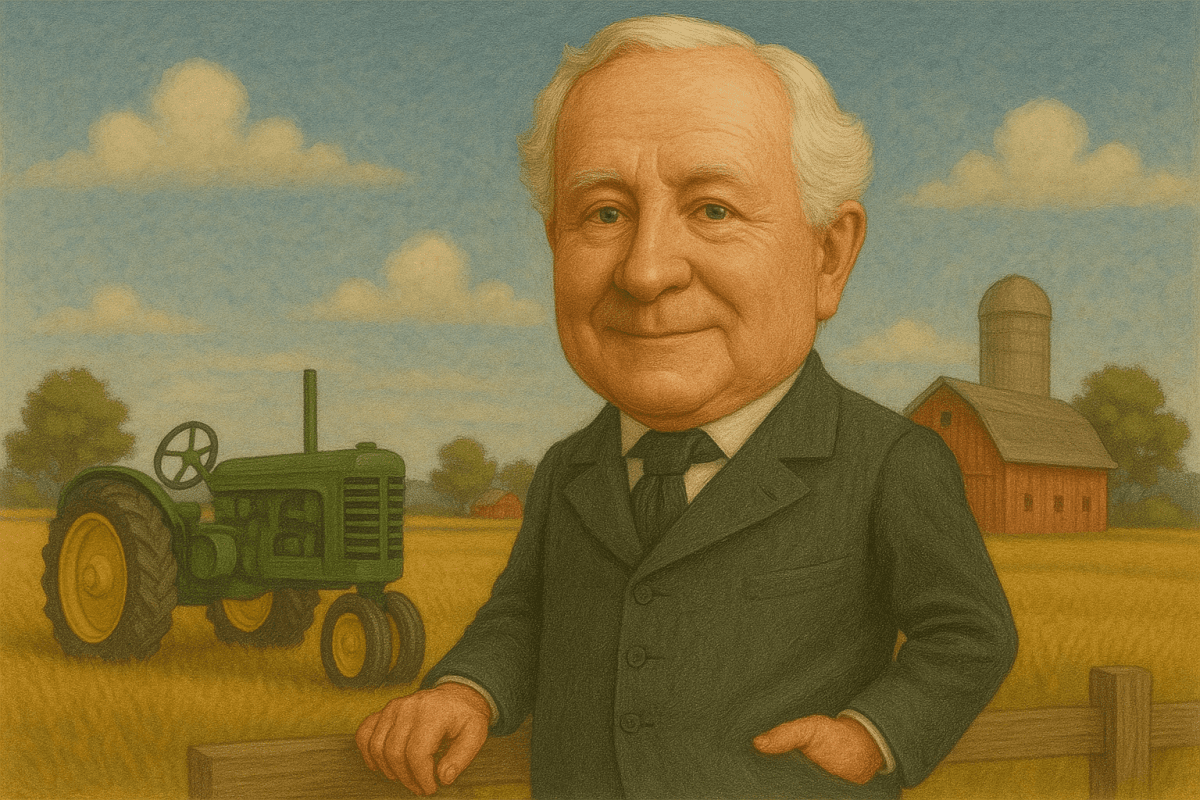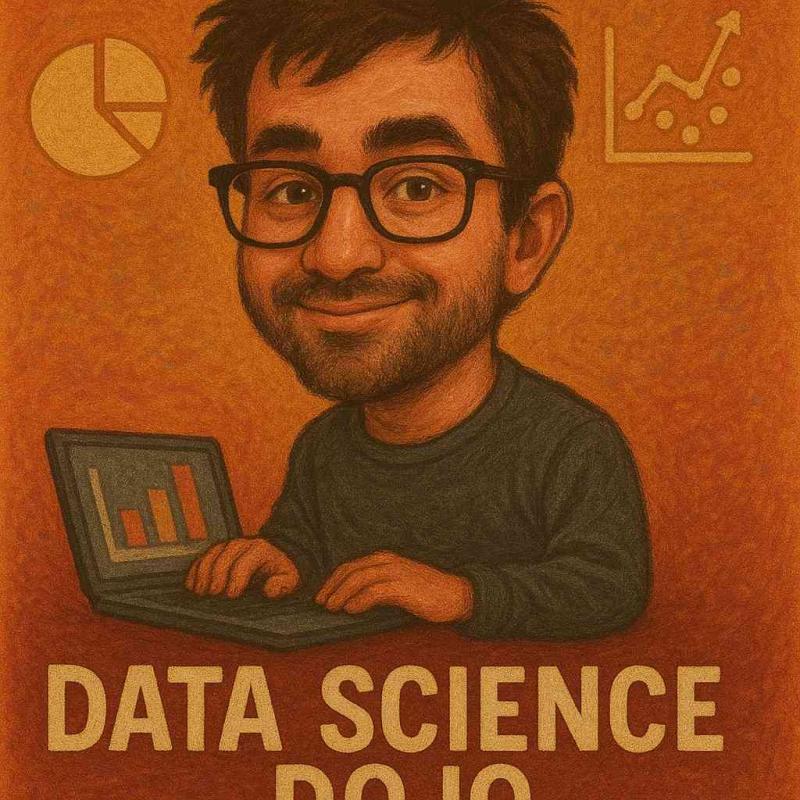John Deere: How a Blacksmith's Steel Plow Changed Farming Forever
Ever wondered how a simple blacksmith ended up with his name on those iconic green tractors? Well, grab a cup of coffee because I'm about to take you through the fascinating journey of John Deere – a guy who literally changed farming with a piece of steel and some serious determination.
The Man Behind the Green Machines
Born in 1804 in Vermont, John Deere wasn't exactly born with a silver spoon in his mouth. Life wasn't a walk in the park for young John, especially after his dad disappeared on a ship to England when he was just four years old (talk about childhood trauma!). But instead of letting that define him, Deere went on to become an apprentice blacksmith at 17, mastering the art of metalworking and developing the skills that would eventually change agriculture forever.
What strikes me most about Deere's early life is his sheer grit. The guy spent 12 years working as a journeyman blacksmith in Vermont before economic hardship forced him to make a bold move. In 1836, with just $73 in his pocket (about $2,200 in today's money – not exactly a venture capital investment), he packed up and headed west to Grand Detour, Illinois. Little did he know that this financial necessity would lead to one of the greatest American success stories.
The Problem No One Could Solve
When Deere arrived in Illinois, he found farmers struggling with a massive problem. The rich Midwestern soil was incredibly fertile but also super sticky. It constantly clung to their cast-iron plows, forcing them to stop every few feet to scrape off the mud. Imagine trying to spread cold butter on toast and having to clean your knife after each swipe – maddening, right?
Farmers were literally spending more time cleaning their plows than actually plowing their fields. Not exactly efficient when your livelihood depends on how much land you can cultivate.
The "Aha!" Moment
In 1837, Deere had what we'd now call his "lightbulb moment." While working in his blacksmith shop, he remembered seeing a broken steel saw blade and thought, "What if...?"
The polished steel from the saw blade gave him an idea: would smooth steel allow soil to slide right off instead of sticking like it did to the cast iron plows? He salvaged an old steel saw blade from a local mill, shaped it into a plow, and added a carefully polished surface.
And guess what? It worked! The soil slid off the smooth steel surface like magic. Farmers could now plow continuously without the constant stopping and starting. It sounds simple now, but at the time, this was revolutionary.
From One Plow to an Empire
The first year, Deere built three plows. The next year, ten. By 1846, he was producing a thousand plows annually. His company's motto, "I will never put my name on a product that does not have in it the best that is in me," wasn't just fancy marketing – the guy was obsessed with quality and innovation.
What I find particularly impressive is Deere's business sense. Instead of just being satisfied with a working product, he constantly asked farmers for feedback and improved his designs. In an era before focus groups and customer surveys, Deere was practicing what we now call "user-centered design." Pretty forward-thinking for a 19th-century blacksmith, IMO.
Beyond the Plow: Building Deere & Company
By 1868, Deere officially incorporated his business as Deere & Company. He made a brilliant move by bringing his son Charles into the business, who turned out to be a marketing and business genius. While John was the inventor and craftsman, Charles expanded the company's product line and distribution.
The father-son dynamic really fascinates me. John's practical skills and Charles's business acumen created the perfect combination that allowed the company to thrive even as agriculture evolved. It's like they were the Steve Jobs and Tim Cook of the 1800s farming world. :)
The Legacy That Keeps Growing
John Deere passed away in 1886, but his company continued to innovate. From steel plows to tractors, combines, and now GPS-guided autonomous farming equipment, Deere & Company has remained at the forefront of agricultural technology for over 180 years.
Today, those distinctive green John Deere machines operate in more than 160 countries. Not bad for a blacksmith who started with a broken saw blade and a hunch!
Why Deere's Story Still Matters
What makes John Deere's story relevant even today? For starters, he identified a real problem that was crippling productivity. His solution wasn't just innovative – it was practical, affordable, and dramatically improved people's lives.
But beyond the innovation itself, Deere succeeded because he understood his customers. He wasn't some distant inventor creating products in isolation; he worked alongside farmers, understood their challenges, and responded to their needs.
In our world of rapid technological change, that lesson is more important than ever. The best innovations aren't always the most complex or high-tech – they're the ones that solve real problems for real people.
The Environmental Impact – Good and Bad
It's worth acknowledging that Deere's invention had profound environmental consequences. On one hand, the steel plow opened up millions of acres of prairie for cultivation, leading to unprecedented food production but also massive ecosystem changes. The same technology that helped feed a growing nation also contributed to the loss of native grasslands and soil erosion issues that we're still dealing with today.
That's not to diminish Deere's achievement – he couldn't have foreseen these long-term effects. But it reminds us that even the most beneficial innovations can have complicated legacies.
Final Thoughts
John Deere's journey from a struggling blacksmith to the founder of an international corporation is a quintessential American story of innovation and perseverance. He didn't just create a better plow; he transformed agriculture and helped make America the breadbasket of the world.
Next time you see one of those green tractors rumbling across a field, remember that it all started with a guy who looked at a broken saw blade and a sticky plow and thought, "There has to be a better way." Sometimes, that's all innovation takes – seeing the same problem everyone else sees, but thinking about it differently.
And if that's not inspirational, I don't know what is!



